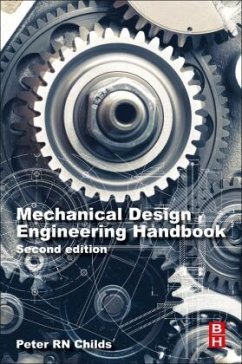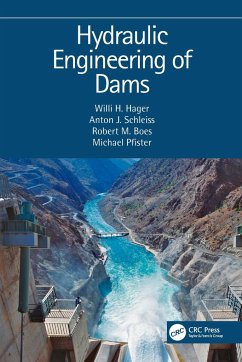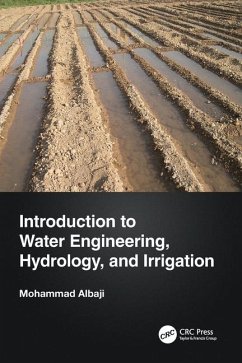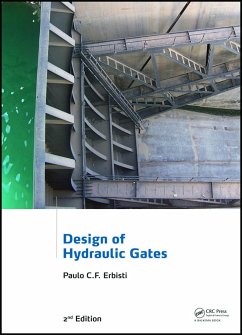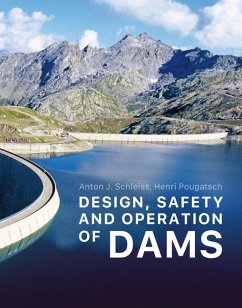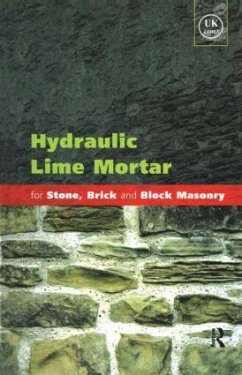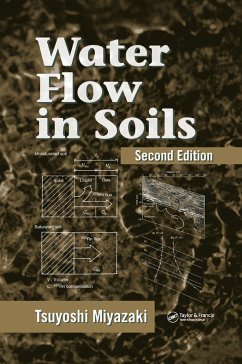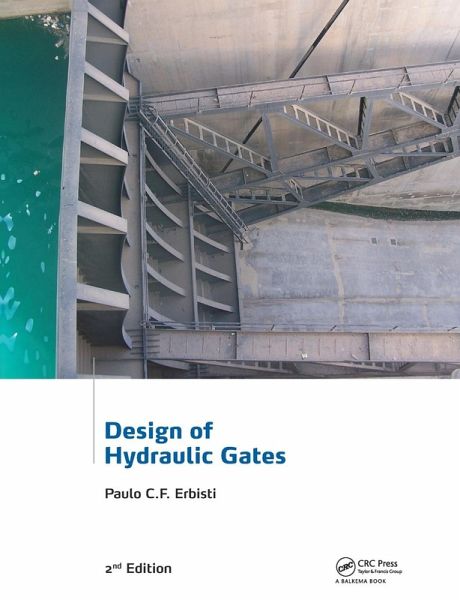
Design of Hydraulic Gates

PAYBACK Punkte
56 °P sammeln!
Revised and updated, this second edition of Design of Hydraulic Gates maintains the same goal as the original: to be used as a textbook and a manual of design of gates, presenting the main aspects of design, manufacture, installation and operation of hydraulic gates, while introducing new products, technologies and calculation procedures. This edition included new chapters on intake gates and trashrack design, highlighting the aspects of safety, operational and maintenance procedures. To improve the strength against structural failure of intake trashracks, the author proposes a series of rigid...
Revised and updated, this second edition of Design of Hydraulic Gates maintains the same goal as the original: to be used as a textbook and a manual of design of gates, presenting the main aspects of design, manufacture, installation and operation of hydraulic gates, while introducing new products, technologies and calculation procedures. This edition included new chapters on intake gates and trashrack design, highlighting the aspects of safety, operational and maintenance procedures. To improve the strength against structural failure of intake trashracks, the author proposes a series of rigid calculation assumptions, design parameters and manufacturing procedures, which will certainly result in safer trashracks. Some 340 drawings and photographs, 82 tables, 107 references and 23 worked examples help the reader to understand the basic concepts and calculation methods presented.





